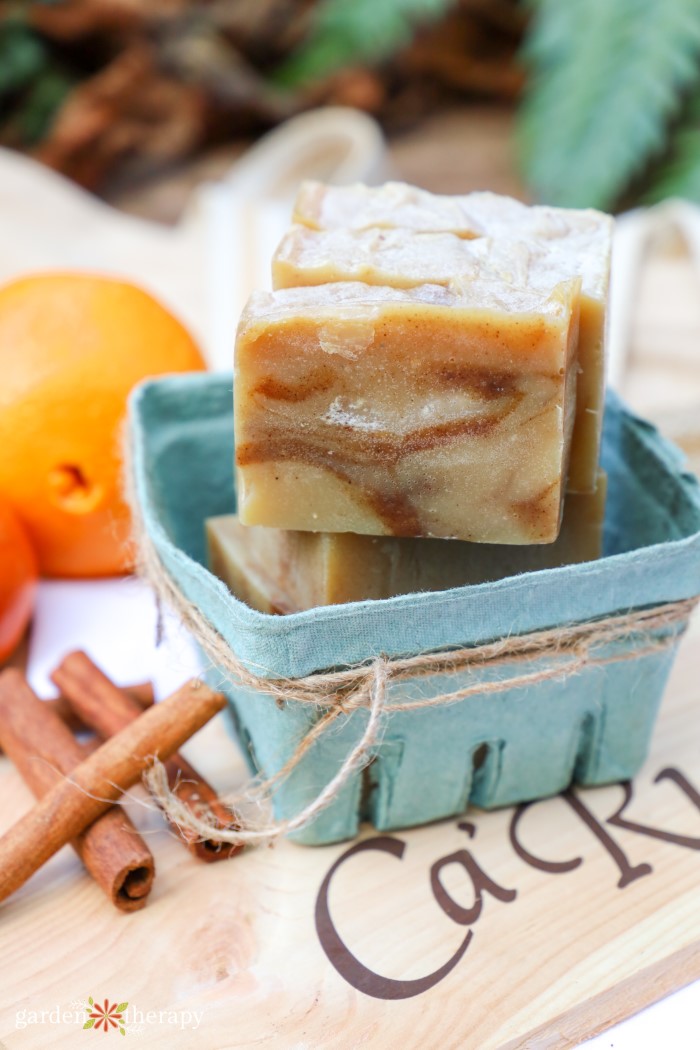Raising chickens can be a very fun and rewarding experience, including fresh eggs, quirky personality and the joy of seeing them hurt around the garden.
But, in addition to everything that comes with it, it is the responsibility to keep them healthy and safe. One thing every chicken keeper should notice is the bumblefoot.
If you find yourself pulling one of your chickens closer or noticing a strange bump in her legs, you may be dealing with Bumble Foot, a common bacterial infection in chickens.
Don’t panic; it is curable and this guide will show you natural ways to help your feathered friends heal without resorting to antibiotics.
Before diving further, it is essential to learn more about this infection.
What is Bumble Foot?

Bumblefoot is a common foot infection in chickens that appears as a swelling, sometimes painful lump at the bottom of the foot. It usually looks like a round raised bump, sometimes with a dark scab in the center. Basically, it’s abscess in the feet of chicken.
This condition occurs when bacteria (usually from dirty bedding, rough perches, or sharp objects) enter small cuts or scratches on the legs. Chickens that are overweight or are maintained on hard surfaces are more likely to develop as they exert pressure on their legs.
It may seem minor at first, but leaving it untreated can make your bumblefoot worse. Infection can spread deeply into tissues and even cause walking problems. So it’s one of the best things to do to get caught and handled early.
Also Read: How to Prevent Bird Flu in Chicken in Backyard?
Signs and symptoms of bumblefoot
Early spotting of bumblefoot is key to successful treatment. Here’s what I’m looking for:
Step one foot: The chicken may step in, put weight on one foot, or sit more than usual. Swelling or Redness: Fotpad may look swollen, red, or warm. Black scabs or pain: The dark and unfriendly scabs on the footpad are a classic sign. It may cover smaller or larger areas. Foot fever: Infected feet often feel warmer than other feet. Lethargic or reduced activity: In severe cases, the chicken may appear less active or may stop laying eggs.
Regular checking of chicken feet during daily handling can help you catch bumble foot before it gets worse. Once you notice any of these signs, it’s time to act.


How to treat chicken bumblefoot naturally – Step-by-step guide
Treatment of Bumble Foot requires a step-by-step approach to ensure the comfort of the chicken and promote healing. Based on various effective methods, here’s how to do it:
Step 1: Collect supplies
Before you begin, gather everything you need to keep the process smooth. Here’s the checklist:
Clean towel or cloth Hot water Epsom salt salt preservative herbs (e.g., calendula, chamomile, or oregano) Raw honey or manuka honey colloid silver (optional for antibacterial properties) Coconut oil or aloe vera gel gel gel gel gel gel clean bandage or veterinary wrap wrap starred pin sazer term (hygiene for hygiene for hygiene for hygiene for hygiene for hygiene for hygiene for hygiene for hygiene for hygiene for hygiene for hygiene
By preparing these, you can concentrate on the chicken without interruption.
Step 2: Isolate and calm the chicken
The chicken can be stressed during treatment, so gently catch the affected chicken and place her in a quiet, dimly lit area like a crate or a corner of a shed.
Wrapping her in a towel, often referred to as a “chicken burrito,” can calm her down and make handling easier. To avoid any surprising things, talk softly and move slowly.
Quarantine is important to prevent other chickens from getting wounded and can worsen the infection. Keep her in a clean and dry space during recovery to minimize the risk of reinfection.
Step 3: Soak your feet
Soaking softens scabs and surrounding tissue, making cleaning and treatment easier. This is the process:
Prepare an epsom salt soak: Dissolve 1-2 tablespoons of Epsom salt in warm (not hot) water. For additional benefits, include dried calendula or chamomile flowers, known for their anti-inflammatory and preservative properties.
Soak the feet: Soak the affected chicken legs for 10-15 minutes. If she’s noisy, gently embrace her feet in the water or apply the solution with a cloth. This helps to elicit infections and reduce swelling.
Pad Dry: Gently dry your feet with a clean towel and avoid rubbing to prevent irritation.
Soaking twice a day for several days will greatly improve your foot condition and prepare you for further treatment.
Step 4: Clean the scratches
Once the scabs are soft, clean the area and remove any debris, reducing the risk of infection.
Remove debris: Gently remove any dirt, loose skin, or debris around the scab using a clean cloth or sterile forceps. Be careful not to force anything, as this can cause pain or bleeding.
Apply natural preservatives. Apply the area with natural preservatives such as colloidal silver, diluted apple cider vinegar (1:10 in water), or a strong chamomile tea injection. It helps kill bacteria without harsh chemicals.
Rate the scab: If the scab is loose, gently lift it with tweezers to check for pus or debris. If attached firmly, loosen the immersion process over time.
This step should be done gently to avoid stressing the chicken or worsening the wound.
Check this: How to run your chickens out naturally?
Step 5: Remove Bumble (if necessary)
Sometimes the hardened “bumble” (pneumatic core) needs to be removed to heal into progress. This requires caution:
Sterilization Tool: Use sterile tweezers or, if you are confident, use a mesab to gently lift the scab. If you are unsure, consult a veterinarian or an experienced poultry keeper.
Gently extract the core. When the scab is easily lifted, you can see a cheap, pus-like core. Gently squeeze or bully, taking care not to damage healthy tissue. Stop if the chicken shows signs of pain or bleeding occurs.
Rinse the wound: After removal, rinse with saline (1 teaspoon salt per cup) or rinse the herbal tea to wash away any remaining debris.
This step is not necessary for mild cases, as soaking and topical treatment is sufficient. Seek advice if your bumble is deep or unsure.
Step 6: Apply natural healing agents
Natural remedies can promote healing and combat infections. Consider these options:
Raw Honey or Manuka Honey: Honey is powerful antibacterial and promotes tissue repair. Apply a thin layer to clean scratches.
Coconut oil: Rich in antibacterial properties, soothes and protects. Mix a drop of diluted oregano essential oil to add antibacterial properties.
Aloe Vera Gel: Fresh gels become soothing and support skin healing. If possible, apply directly from the plant.
Herbal Porcelain: Make a compress with crushed plantain leaves, comfrey or yarrow, known for its healing properties. Apply to the wound, cover with a bandage, and leave for several hours.
After cleaning, these are applied daily to monitor for signs such as reduced swelling and the formation of new scabs.
Check this: What causes chicken salmonella and how to prevent it?
Step 7: Bandage on the feet
Bandages protect scratches from dirt and further injuries.
Apply protective layer: After applying the healing agent, cover with sterile gauze or a clean cloth.
Wrap with Veterinary Wrap: Use a veterinary wrap or cohesive bandage to secure it and keep it tight but not too tight to avoid circulation issues.
Check daily: Change the bandage daily and reapply the healing agent after washing.
This is important when the chicken returns to a dirty or rough environment.
Step 8: Supports nutritional healing
A strong immune system speeds up recovery. Enhance her diet:
Probiotics: Provides yogurt or fermented feed to support gut health and immunity.
Vitamin-rich foods: Include greens such as kale, spinach and dandelion leaves in Vitamin A and C.
Garlic and Oregano: Supplies small amounts for natural antibiotic properties.
Clean Water: For immune support, perhaps use a splash of apple cider vinegar (1 tablespoon per gallon) to ensure constant access.
This overall approach helps chicken get internally infected.
Step 9: Monitor and repeat
Check your feet daily for improvement or worsening. Mild cases can heal in one week, while medium cases can take 2-3 weeks. Continue treatment until the wound closes and the swelling is gone. If there is no improvement after a week or if you notice fever, lethargy, or infection, consult your veterinarian.
You need to read: Chicken Marek’s Disease: How to treat it?


Aftercare and prevention strategies
Proper aftercare is essential after treatment. It keeps chicken separate during healing, providing layer pellets, high protein snacks such as dietary insects, and electrolytes in the water.
Use thick pine shavings for bedding, avoid roosts until they are soothed, or roost with a towel. Change bandages every few days to monitor for signs of infection, such as warmth, redness, or dirty drainage. If there is, consult your veterinarian.
Healing usually takes several weeks, and chickens often recover quickly in this way.
Prevention is the key to avoiding problems in the future. Use sand and pine shavings to change regularly to maintain clean, dry bedding in the shed or run.
Make sure the roost is smooth and round (approximately 2 inches in diameter) to prevent foot irritation and cover the rough edges with sand.
It provides for removing sharp objects like rocks and wires from the run and damaging soft substrates such as grass and dirt. Especially for heavy varieties, check your feet regularly and manage your weight to reduce foot pressure. Boost immunity with a balanced diet that includes probiotics, herbs, greens and fermented feeds.
When do you seek professional help?
Natural treatments are effective for mild to moderate bumble butterfoot, but severe cases may be needed more. If you are looking for a veterinarian:
The infection can spread to the legs or other parts of the body. Chicken develops fever or stops eating or drinking. Abscesses can be too deep or painful to treat at home. There will be no improvement in the next 7-10 days.
Veterinarians can prescribe antibiotics or perform minor surgery to ensure the chicken is safe.
Conclusion
Tackling bumblefoot can seem a bit scary at first, especially if you’re new to chickens, but once you know what to look for and how to treat it, it becomes another part of good flock care.
Catching it early makes a huge difference and your chicken thank you for intervening before things get worse.
Checking your feet regularly, keeping your shed clean and providing soft perches can go a long way in preventing bumble foot in the first place. At the end of the day, healthy feet mean happy chickens, and happy chicken means thriving backyard flocks!


Computer Science Alumnus Khaja Moinuddin is delighted with gardening and homestead. Join him on this blog as he shares his experiences in homesteading, gardening and composting





